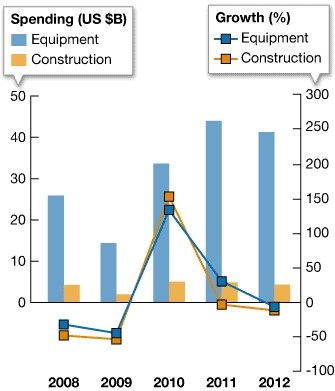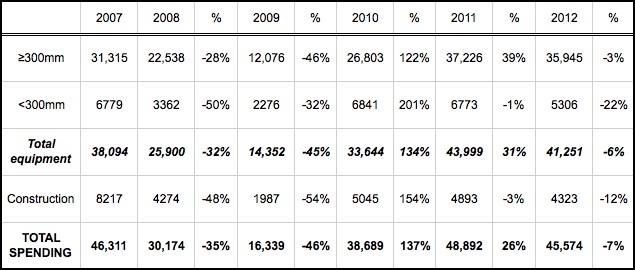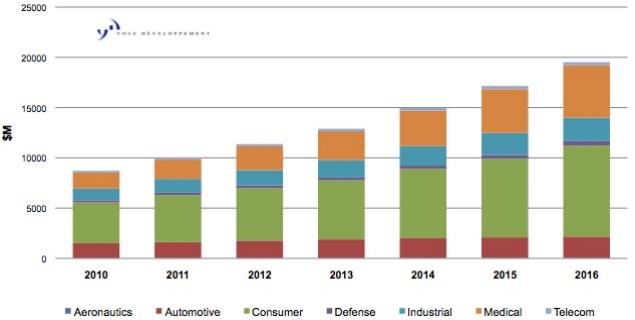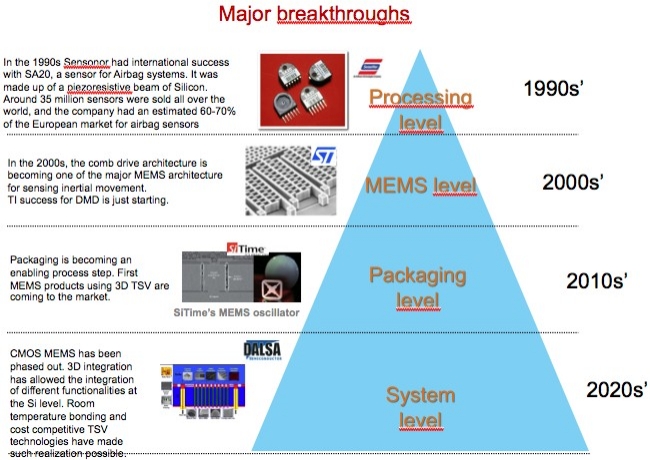It is with great sadness that I report the passing of longtime Solid State Technology editor, Selma Uslaner, on September 20th. The news was relayed by Sid Marshall, son of the late Sam Marshall. Sam and Selma were the first editors of SST in the late ‘50s (Sid later joined SST as editor-in-chief and then associate publisher and editorial director of Solid State Technology, as well as founding editor and publisher of Microlithography World).
Selma’s contributions to the industry and the magazine are legendary. Selma worked on the magazine since its inception in 1958. Her various roles included editorial assistant, show coordinator, reporter, news editor, managing editor, and director of industry relations.
Her 50 year milestone at SST was celebrated at Semicon West in 2007. SEMI’s Stanley T. Myers came to shake her hand, as did many well-known industry friends and associates. As Gail Flower reported at the time, many attendants talked about Selma as an "industry maverick," a person who groomed a generation of women in electronics to be tough when needed and to say what they thought. Her industry associates were said to be part of Selma’s Sorority. "There’s a certain chemistry that takes place when you do what you love to do," said Selma. "I’ve loved this magazine since its inception. Now I have lots of grand friends in the industry." Her articles have helped fledgling industries and start-up companies grow considerably. "There’s always an incredible but true story of someone in the electronics industry who built something in his garage, and that’s just where it all starts," she said. She thanked everyone for honoring her and added that she wished she could live into the next century to see what her industry guests would come up with in the future.

I see no more fitting tribute than to simply provide an excerpt of words that Selma herself penned, which appeared in the May 1997 issue of Solid State Technology, in a historical look back at the Industry’s “Golden Age,” of which she was so much a part.
“This year, Solid State Technology celebrates four decades of technology coverage of an amazing industry. We look back at its early years, not to lament the passing of bygone times often called "those good old days," but to commemorate the privilege of chronicling the birth and incredible technological advancement of an exciting new industry that has revolutionized our lives.
“Two major events of the year 1956 were the re-election of Dwight D. Eisenhower as President of the US, and the awarding of the Nobel Prize in physics to three American scientists – Drs. William Shockley, John Bardeen, and Walter Brattain, – who invented the transistor in 1947 at Bell Laboratories in Murray Hill, NJ.
At about the same time, Sam Marshall, a young visionary editor at a small publishing company in New York City, had begun to develop the concept of a semiconductor trade magazine. He visited various companies, met with industry people to assess their needs for reportorial coverage of their technical achievements, and planned the scope and editorial direction of the publication. In January 1958, after the semiconductor industry had crossed the $100 million mark, the bi-monthly Semiconductor Products (Solid State Technology`s original title) made its debut. Early technical contributors to the new magazine included industry giants Bill Shockley, Andy Grove, and H.C. Lin, among others.
“In his charter issue`s editorial, Sam laid out the magazine`s editorial purpose and objectives: "to provide current and authoritative information pertaining to the semiconductor industry and to the scientific personnel engaged in this industry; to provide a medium for scientists to transmit their ideas, developments, and investigations; and to provide a reportorial service wherein we will present helpful facts, figures, and information from authoritative sources." He further stated, "The articles and papers appearing in this magazine are intended to be on an engineering level, covering basic R&D, application, and production of semiconductors and other solid-state devices, as well as their related products. First and foremost will be the kind of article that will help the engineer in research, design, and production problems." A few examples were given of the ever-growing applications of transistors. Sam went on to say, "As the versatility of solid-state devices becomes more and more apparent, their applications will become more universal. We have barely scratched the surface of development and application in this new and exciting industry." How right he was!
“Those, of course, were the days long before faxes and desktop computers. Magazine copy was set by linotype. Layouts were done on a table with rubber cement. Sam solicited and edited the technical manuscripts, and I edited and proofread the news and product sections. Most of the news in the industry, all in the US in those days, came in via the US mail and telephone. I took many company announcements over the phone in longhand so that manufacturers could meet our deadline and make the next issue. Galleys were mailed to authors for checking, a means of communication we called "pony express." My electric typewriter (the first in the company) served as "office automation." In its second year of publication, Semiconductor Products became a monthly. Oscar Fisch, Sam`s teaching colleague and a physicist by education, joined the staff to primarily assist with editing the technical feature articles.
“During those early years as a neophyte editor, I came into contact with many brilliant young engineers when Sam sent me to cover industry events. I called that time my "Did I know…" period. Did I know that history was being made? Did I know, on one such occasion, that a young man sitting on the floor during an informal press meeting and talking about very little that I understood, would become an industry icon? His name was Robert Noyce. Did I know?” Selma Uslaner
Farewell, Selma. R.I.P.





